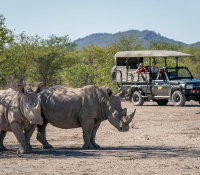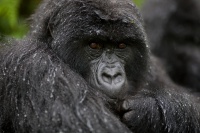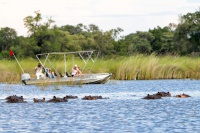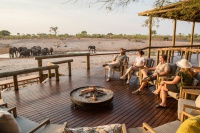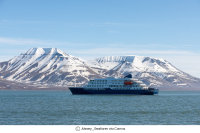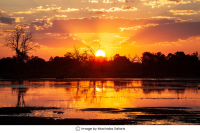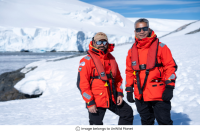-
Sea Turtles of Ascension Island: A Conservation Success Story
Sea turtles have existed since the time of dinosaurs, with the oldest sea turtle being lived around 120 million years ago. Today, there are seven species of sea turtles, the largest being the leatherback, which grows up to 8 ft long and weighs 2000 pounds! They can lay more than 150 eggs at a time, yet sadly, only one in a thousand survive to reach adulthood. The reasons are many - from drowning in the currents of the oceans to being caught by predators eyeing these little ones on the breeding grounds.
But the natural causes are only a fragment, compared to the threats caused by humans. And over the years, their activities have brought us to a point where all the seven species of them are on the verge of extinction. It often takes decades of persistence from local authorities and governments to revive their population. One such success story is that of the green sea turtles of Ascension Island, a species which is still listed as an endangered species, but is showing an increasing pattern in their population. In this blog we are going to look at their conservation story - the story of hope!
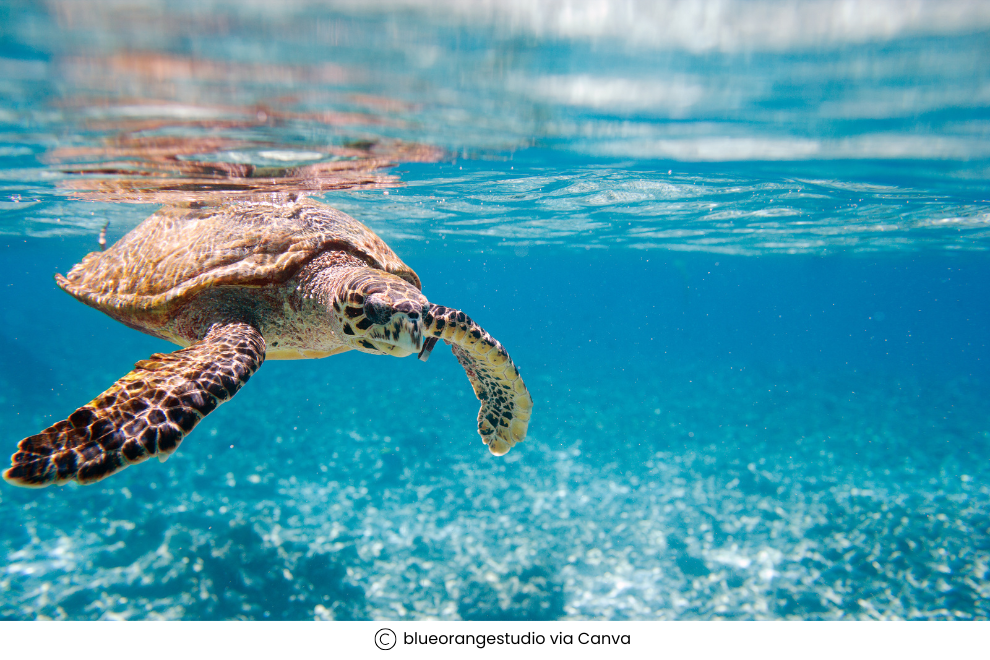
Ascension Island, a remote volcanic island in the South Atlantic Ocean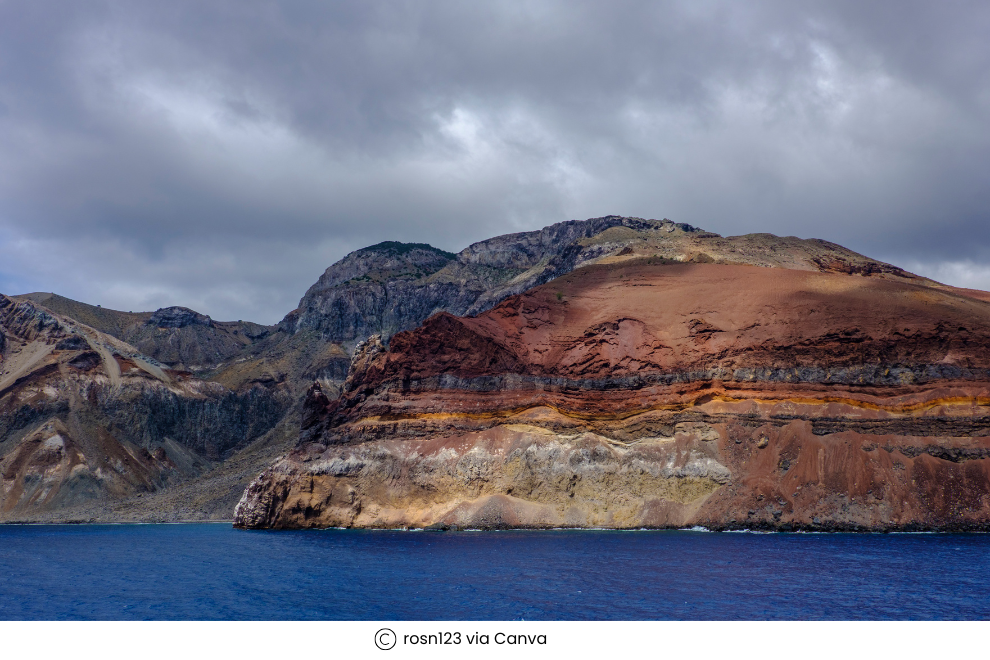
Is home to one of the most remarkable conservation success stories in the world - the recovery of its green sea turtle population. These ancient mariners have been nesting on the island's beaches for thousands of years, but their numbers once faced a steep decline due to multiple activities.
Story of green sea turtle
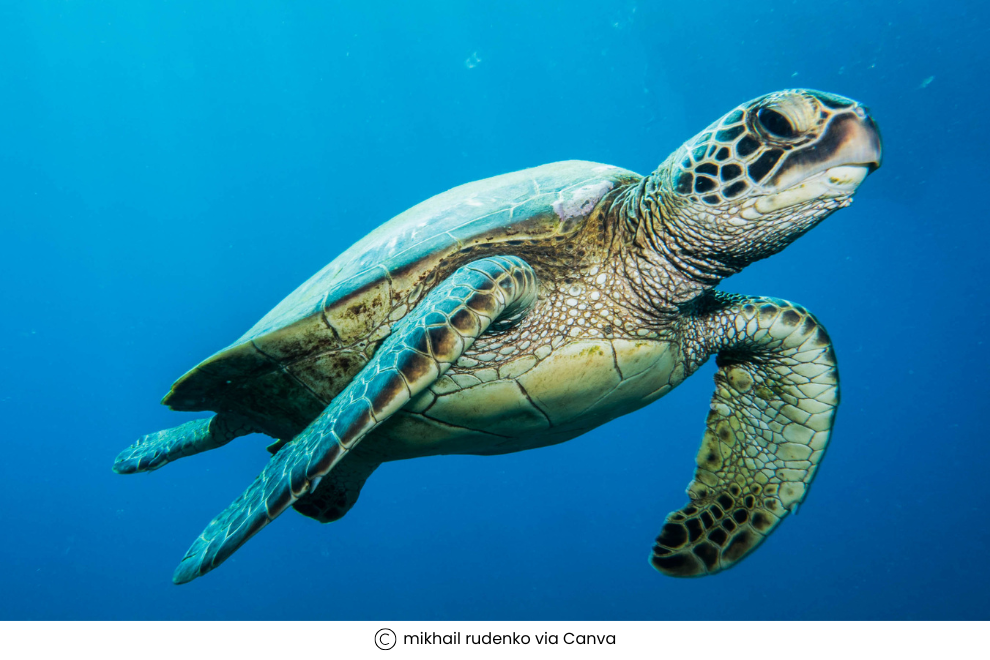
The green sea turtle (Chelonia mydas) is one of the largest and most important sea turtle species, particularly in the Atlantic Ocean. They help maintain the ocean’s ecological balance mainly by their eating habits - grazing the seagrass beds and preventing overgrowth.
Now, every year between November and May, thousands of female turtles make the arduous journey from the coast of Brazil to Ascension Island, covering over 1,200 miles of open ocean to reach their ancestral nesting grounds.
Habitat and Diet:
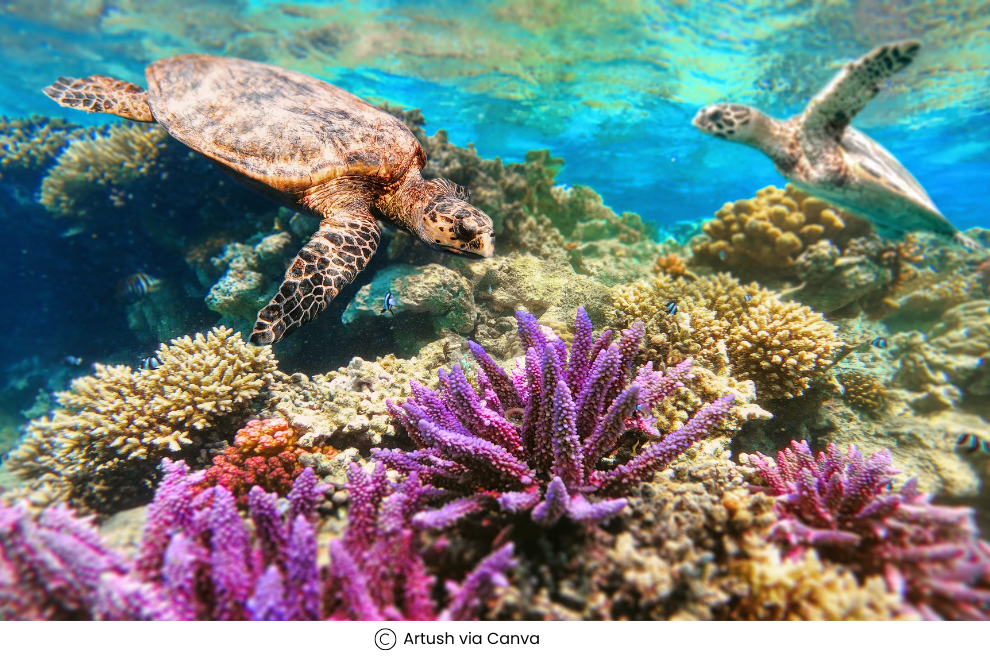
The green turtles occupy different habitats at different stages of life. Around Ascension Island, they inhabit shallow coastal waters, nesting on sandy beaches and foraging in seagrass meadows.
Adults are predominantly herbivores, feeding on seagrass and algae. The hatchlings and juvenile turtles are carnivorous feeding on worms, small crustaceans, aquatic insects, and other plant or animal life.
Reproduction:
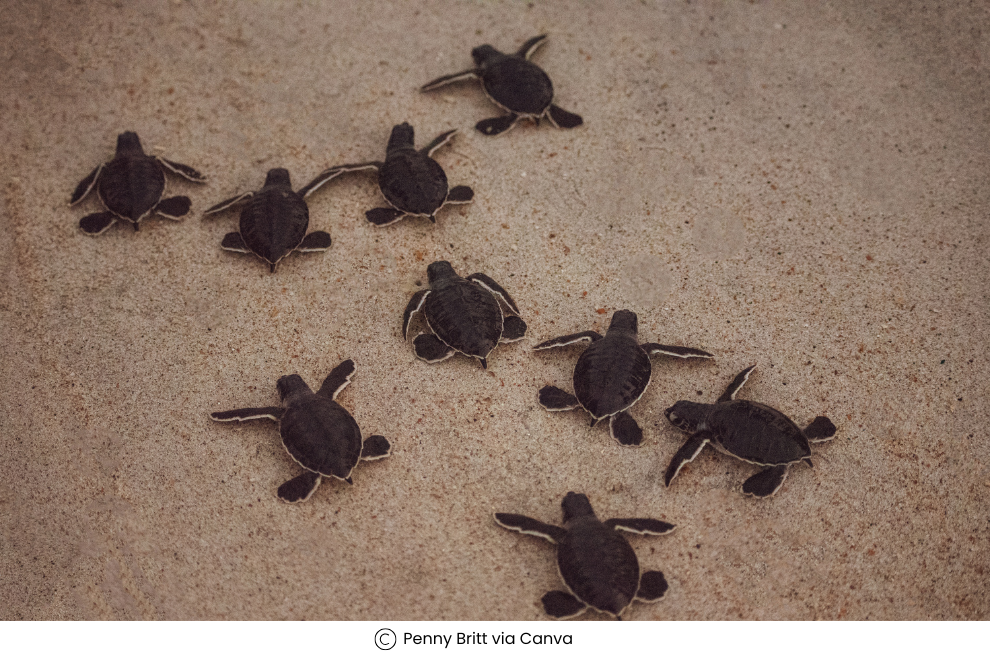
Green turtles have a unique reproductive pattern involving long migrations to return to their natal beaches for nesting. Females nest every 2 to 4 years, laying an average of 6 clutches of 100 to 200 eggs within a nesting season, which incubate for 45 to 75 days.
Temperature affects the sex of the hatchlings, with warmer sand producing more females. After hatching, the turtles head to the ocean, though only a small percentage survive to adulthood. This cycle is essential for the species' survival, with nesting sites playing a critical role.
Challenges and Actions Taken to Conserve the Green Sea Turtles:1. Overharvesting
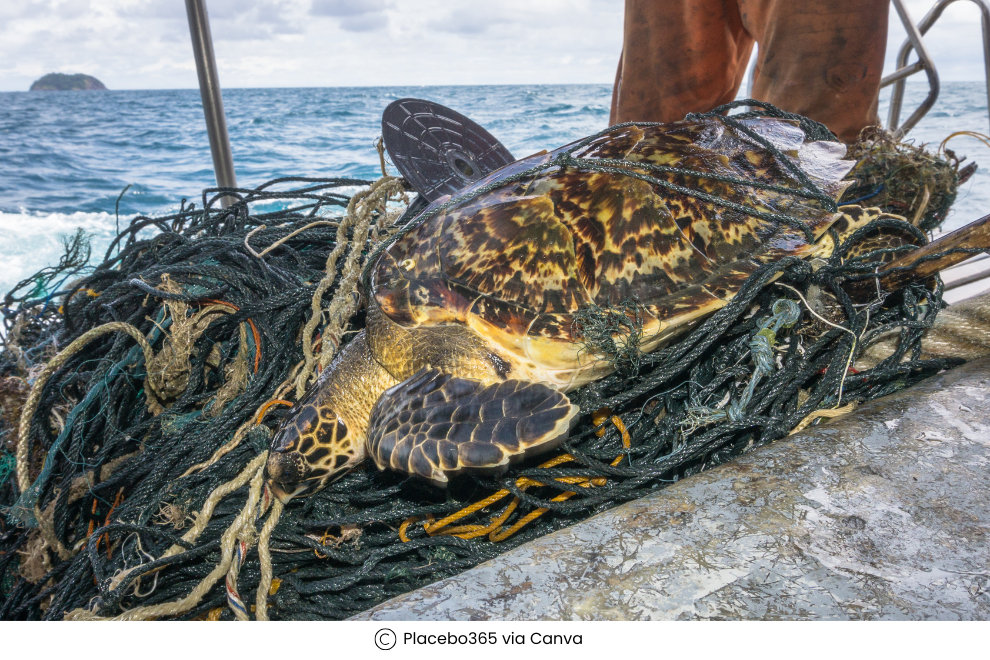
Historical overharvesting in the 18th and 19th centuries sailors and settlers harvested thousands of turtles for their meat, leading to a dramatic decline in their numbers
Solution: Hunting Ban
In the 1970s, hunting of green sea turtles on Ascension Island was completely banned, allowing the population to begin recovering from years of over-exploitation.
Solution: Wildlife Protection Ordinance
The green turtles are protected under the Wildlife Protection Ordinance 2013, which prohibits the killing, capture, or taking of turtles or their eggs on Ascension Island without a license.
2. Habitat Loss
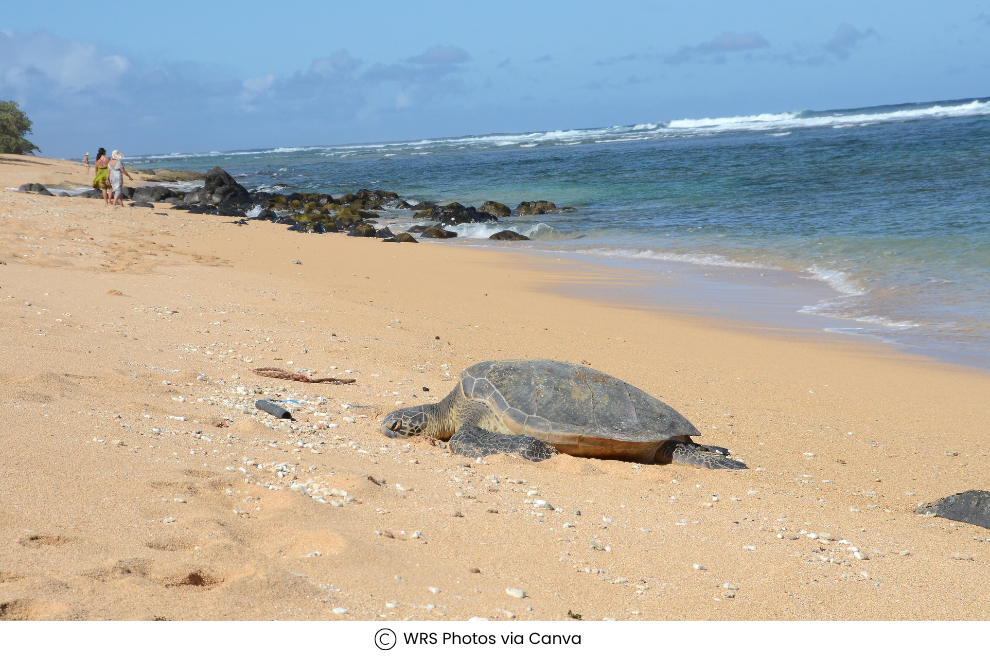
Coastal development and activity have reduced the availability of nesting beaches, making it harder for turtles to find suitable sites for laying eggs.
Solution: Protection of Nesting Beaches
Nesting beaches were protected from human disturbance and predation by invasive species, such as rats, ensuring safe environments for eggs and hatchlings.
3. Climate Impact
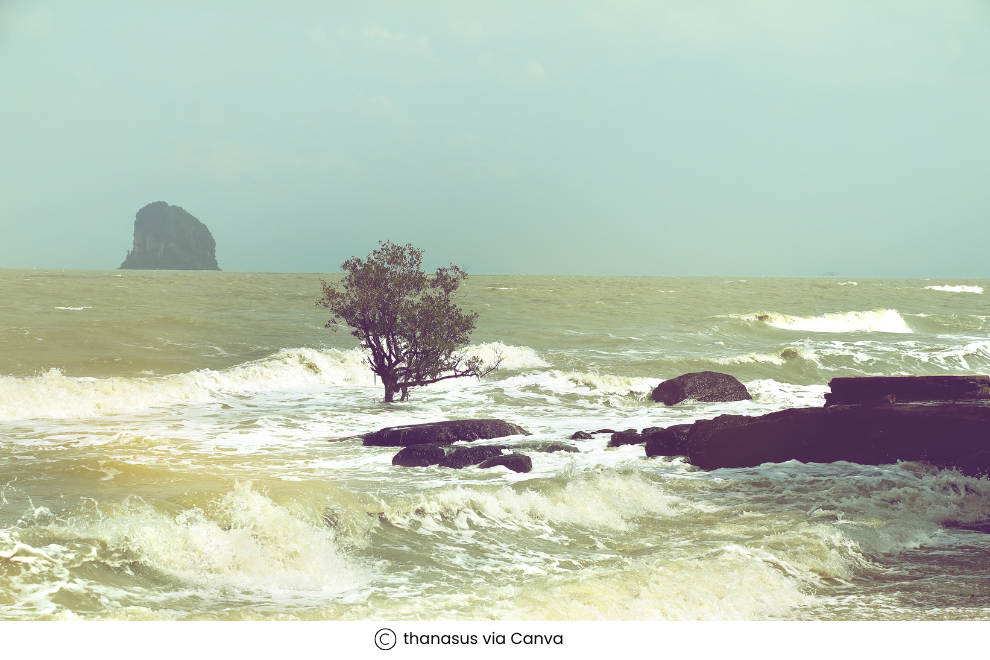
Changes in sea levels, sand temperatures, and frequent storms are affecting nesting sites and even the sex ratios of hatchlings, which depend on temperature.
Solution: Establishment of Marine Protected Area (MPA)
In 2019, Ascension Island established one of the world's largest Marine Protected Areas (MPA), covering over 440,000 square kilometers, which includes critical turtle habitats and migratory routes.
4. Fishing Bycatch
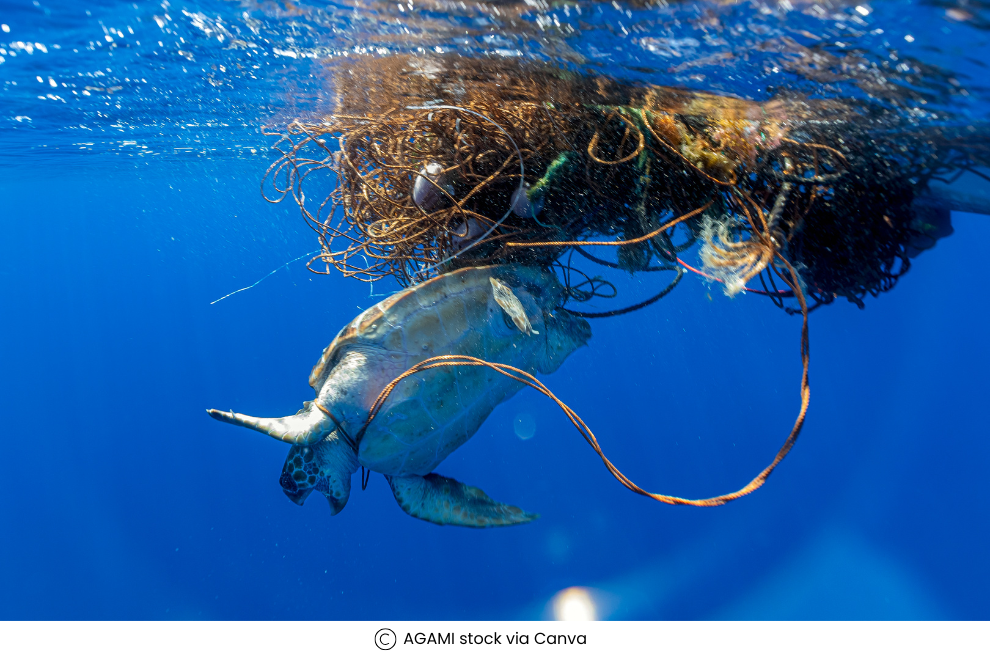
Turtles sometimes get entangled in fishing gear like nets and longlines, leading to injuries or, in some cases, accidental drowning.
Solution: Monitoring & Research
Conservationists and researchers conduct regular surveys of nesting activity, tag individual turtles, and track their movements to gather data that informs ongoing conservation strategies.
5. Plastic Pollution
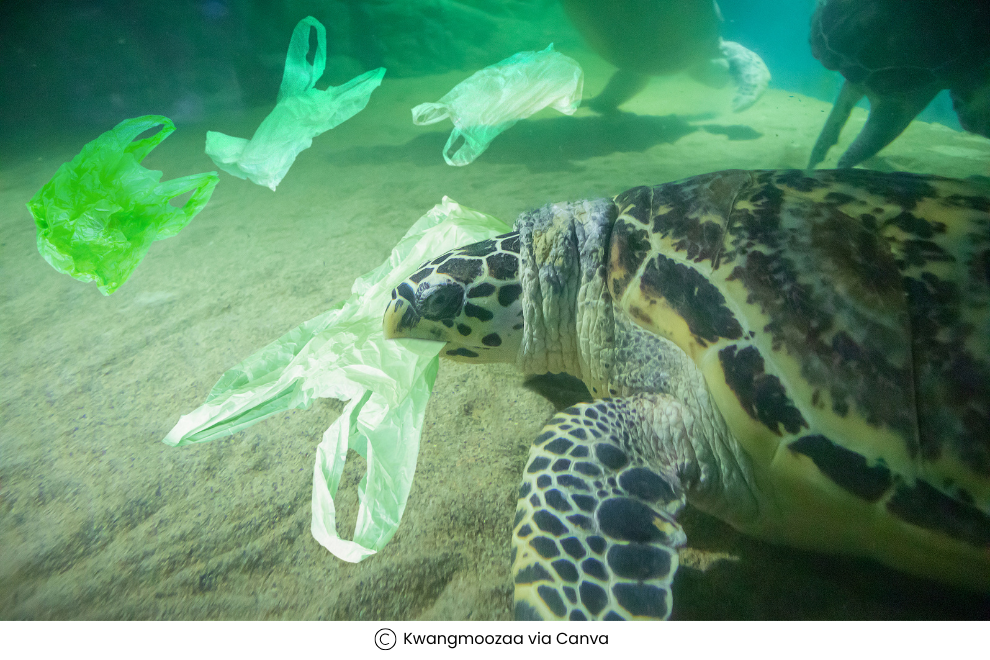
Mistaking plastic for food can lead to ingestion, causing health issues that affect the turtles’ well-being.
Solution: Community Involvement
Local residents actively participate in conservation efforts through beach patrols, monitoring nesting sites, and educating visitors about the importance of protecting turtles.
6. Non-native Predators
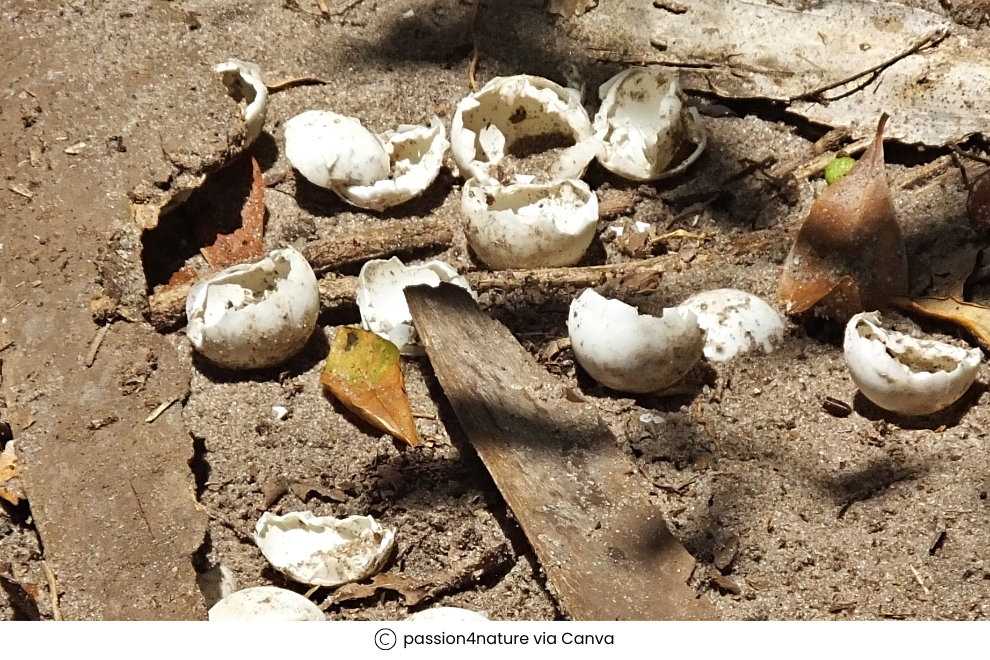
Introduced species like rats and dogs pose a threat by preying on turtle eggs and hatchlings.
Solution: Invasive Species Control
Efforts to control or eradicate invasive species, such as rats, that threaten turtle eggs and hatchlings, have been implemented to increase hatchling survival rates.
7. Health Issues
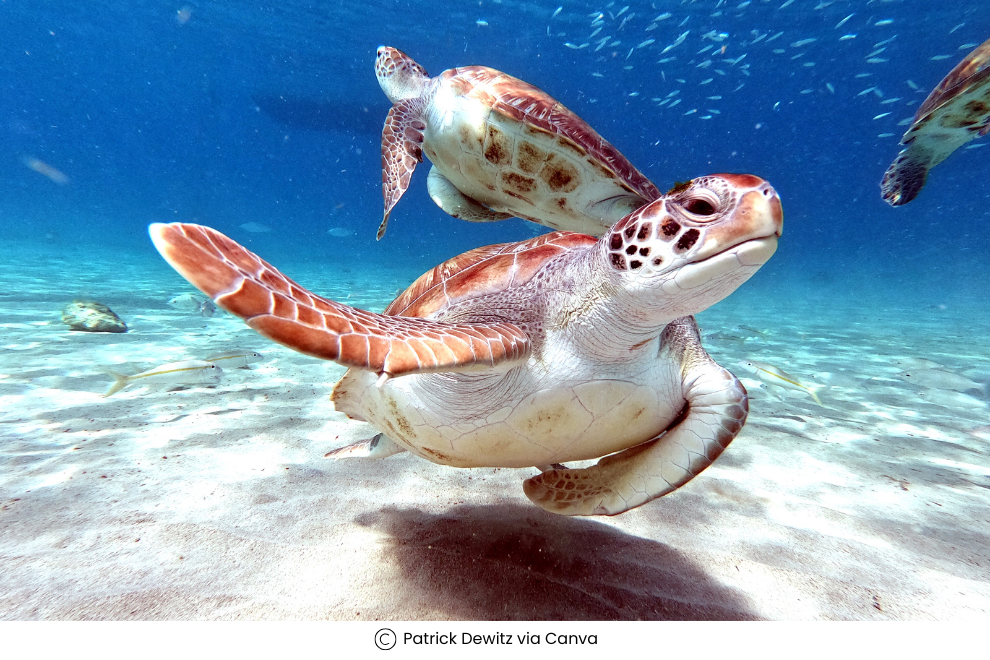
Green sea turtles are vulnerable to diseases such as fibropapillomatosis, which causes tumors and can hinder their ability to thrive.
Solution: Education and Awareness Programs
Educational initiatives on Ascension Island and globally have raised awareness about marine conservation and the challenges faced by green sea turtles, inspiring continued support for conservation efforts.Signs of Recovery:
Conservation efforts have led to a dramatic recovery of the green sea turtle population on Ascension Island. Nesting females have increased from a few hundred in the 1970s to over 10,000 by 2019-2020, making the island a key nesting site.
Thousands of turtles returning to the island has had a positive impact on the local ecosystem helping to maintain the health and balance of the marine environment. This resurgence truly highlights nature's resilience.
Why travel to Ascension Island?
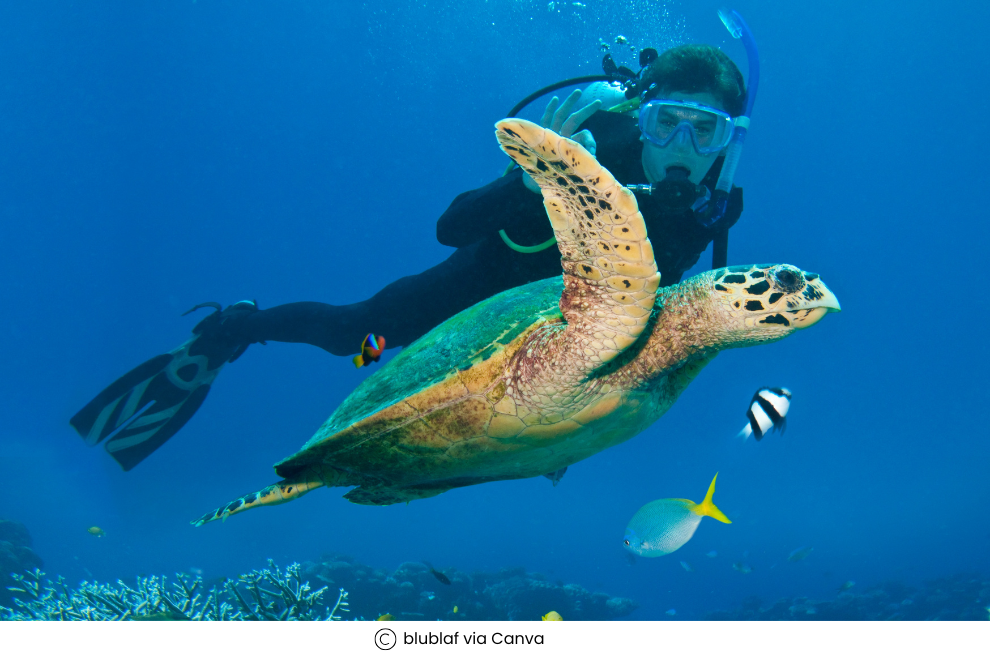
- Exclusive Wildlife Encounters: Witness the green sea turtles nesting on remote beaches, with private guided tours providing close access to this rare event while following the wildlife conservation guidelines.
- Private Diving and Snorkeling: Explore coral reefs and swim with rare species like the Galápagos shark in clear, unspoiled waters, with personalized dive excursions
- Scenic Hiking on Green Mountain: Hike through lush rainforests and volcanic landscapes, with bespoke guided tours offering breathtaking views and natural beauty
- Historical and Space Exploration Tours: Experience private tours of Ascension’s rich history, including WWII sites and NASA tracking stations, for an exclusive look into its unique past
Travelling responsibly to Ascension Island with UnWild Planet:
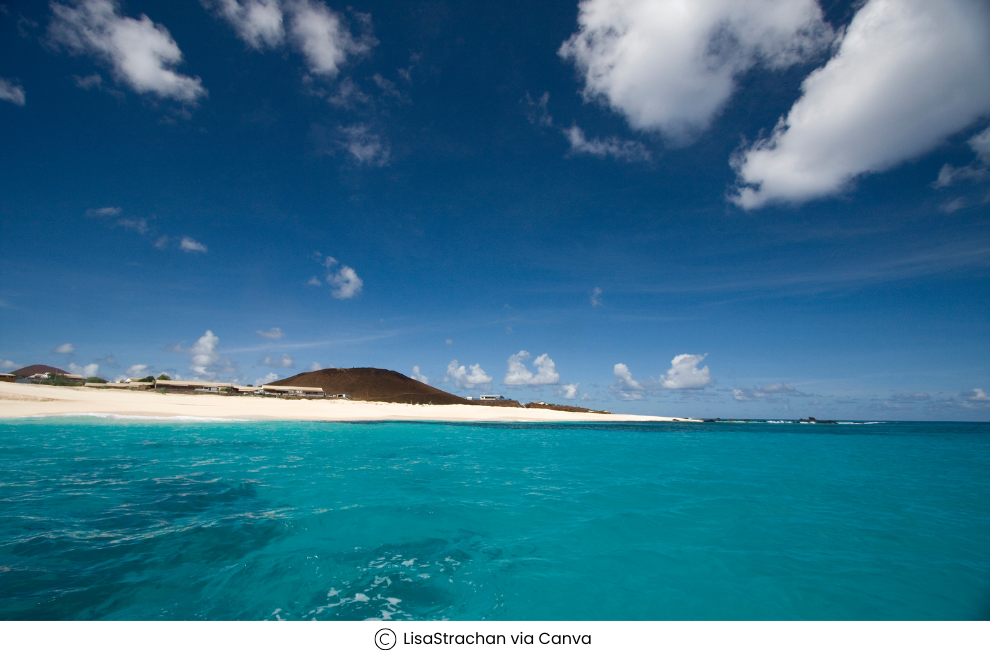
- Respect Wildlife: Enjoy observing green sea turtles and seabirds like sooty terns from a respectful distance, particularly during nesting season. Always follow wildlife conservation guidelines to ensure the protection of their natural habitats and minimize human impact.
- Marine Protection: When snorkeling or diving in the Marine Protected Area, using reef-safe sunscreen and being mindful not to touch marine life or corals helps protect the underwater ecosystem.
- Conserve Resources: As water and energy are limited on the island, small actions like taking shorter showers and turning off lights can make a positive impact.
- Manage Waste: Since waste disposal is challenging on the island, consider taking non-biodegradable items with you when you leave to help preserve the environment. Opt for accommodations that follow eco-friendly practices, such as waste management systems and renewable energy use, to minimize your environmental impact during your stay.
- Support Conservation: Participating in conservation activities, such as turtle tagging or seabird monitoring, can be a rewarding way to support local efforts and learn more about Ascension’s unique wildlife.
- Low-Impact Activities: Hiking to places like Green Mountain or exploring Devil’s Ashpit offers an eco-friendly way to experience the island’s beauty.
The green sea turtles of Ascension Island have made a remarkable comeback, transforming from a species on the brink of local extinction to a thriving population. This conservation success story highlights the importance of protecting our natural world and serves as a beacon of hope for other conservation efforts around the globe. As these magnificent creatures continue to grace the beaches of Ascension Island, they remind us of the power of resilience, the importance of stewardship, and the potential for positive change when we come together to protect our planet's wildlife.
Ready to embark on your next adventure? Fill out the form below and let our experts curate your dream getaway!
All Fields are mandatory*-
Related Tours
-
Recent Blogs
- Exclusive Wildlife Encounters: Witness the green sea turtles nesting on remote beaches, with private guided tours providing close access to this rare event while following the wildlife conservation guidelines.


